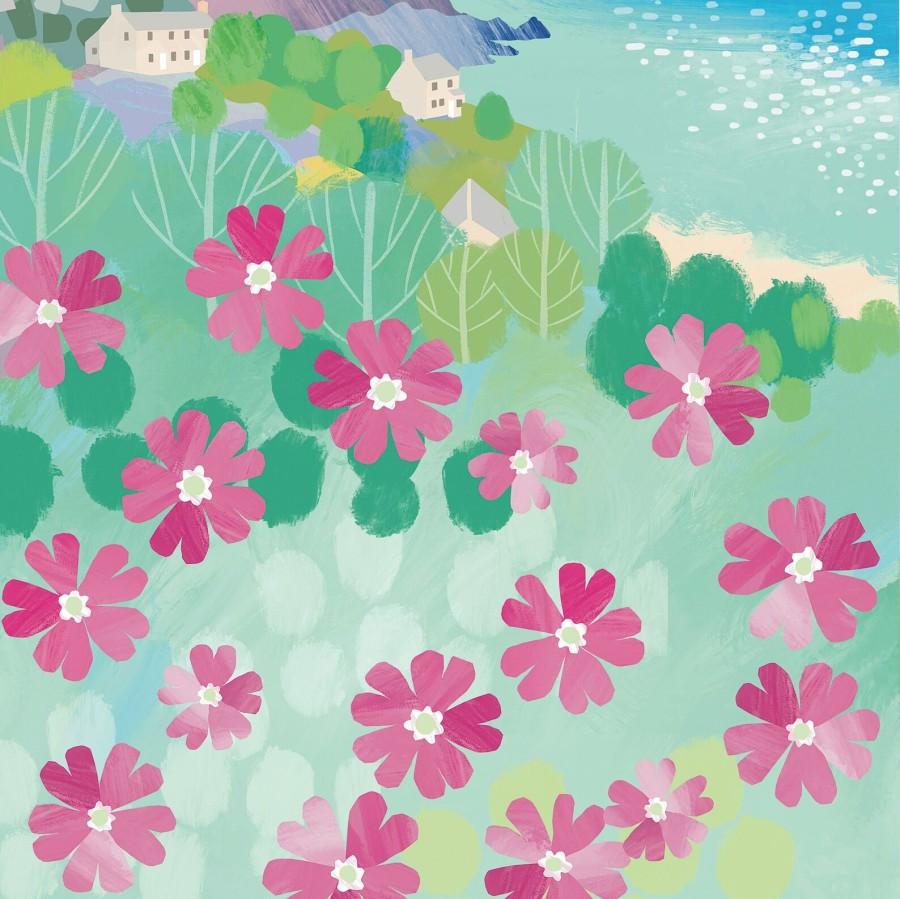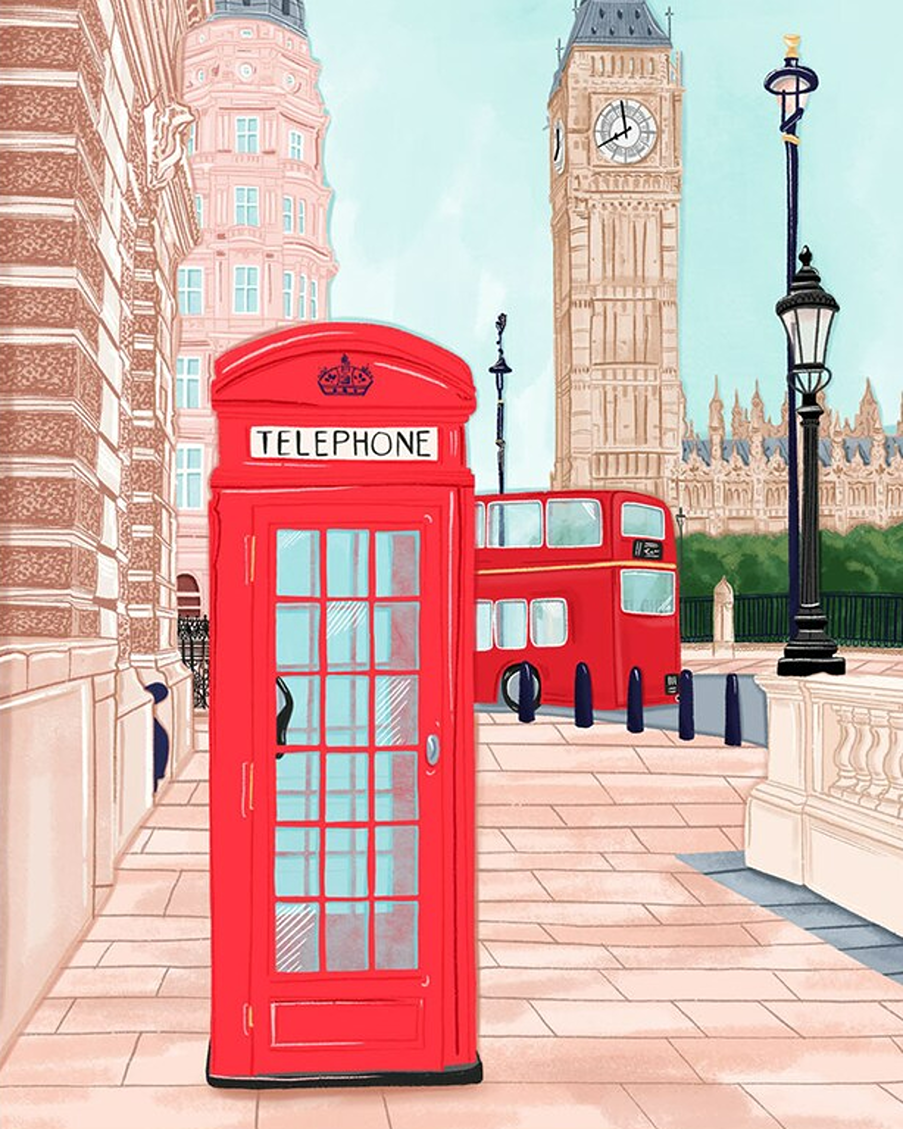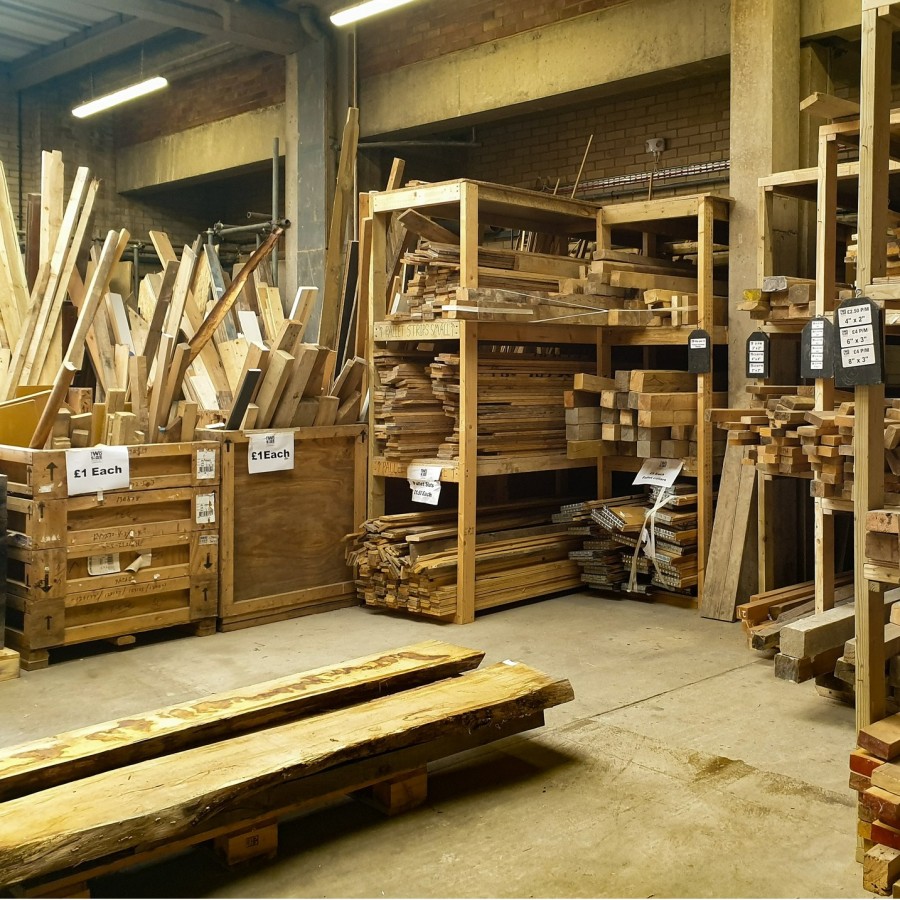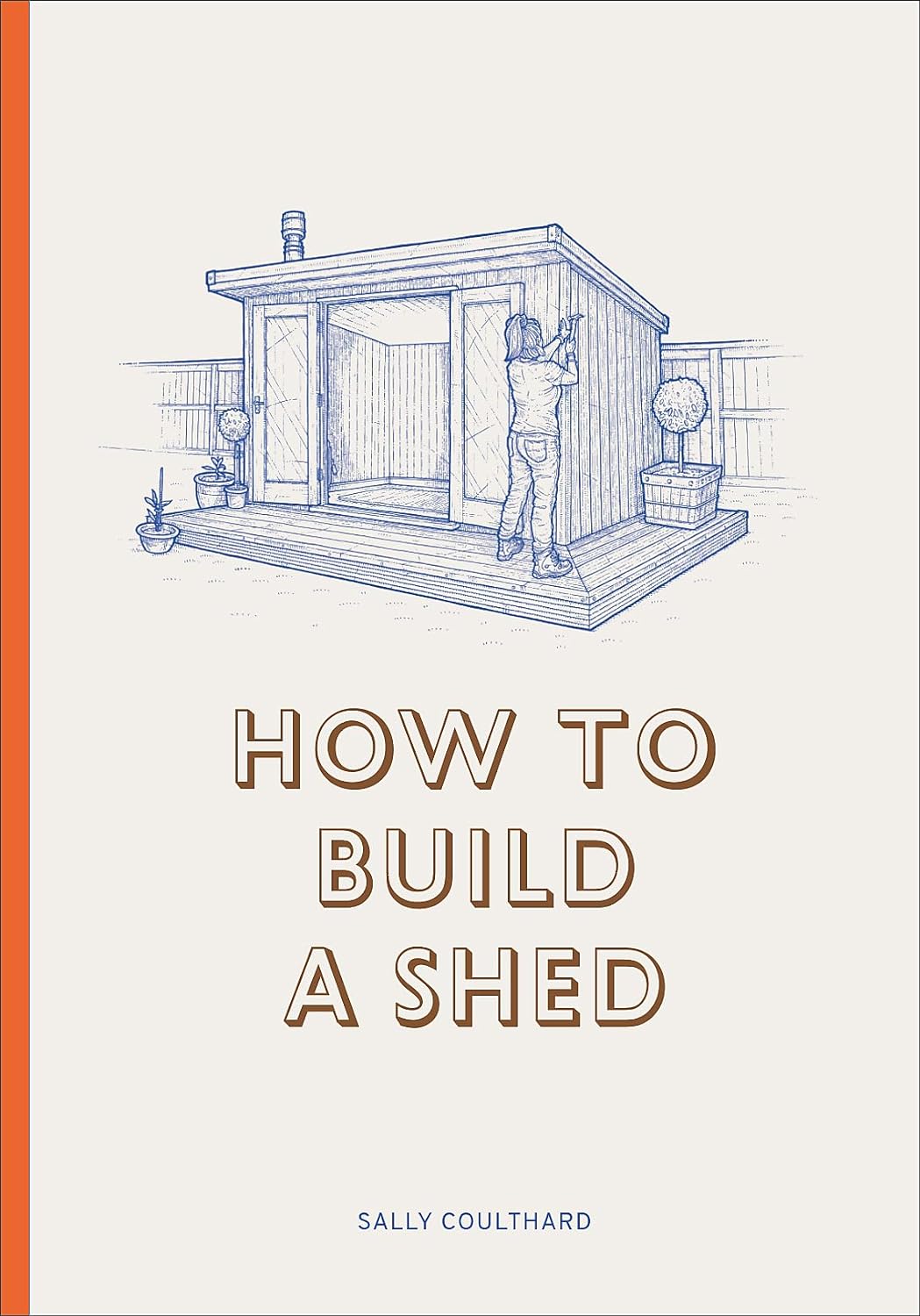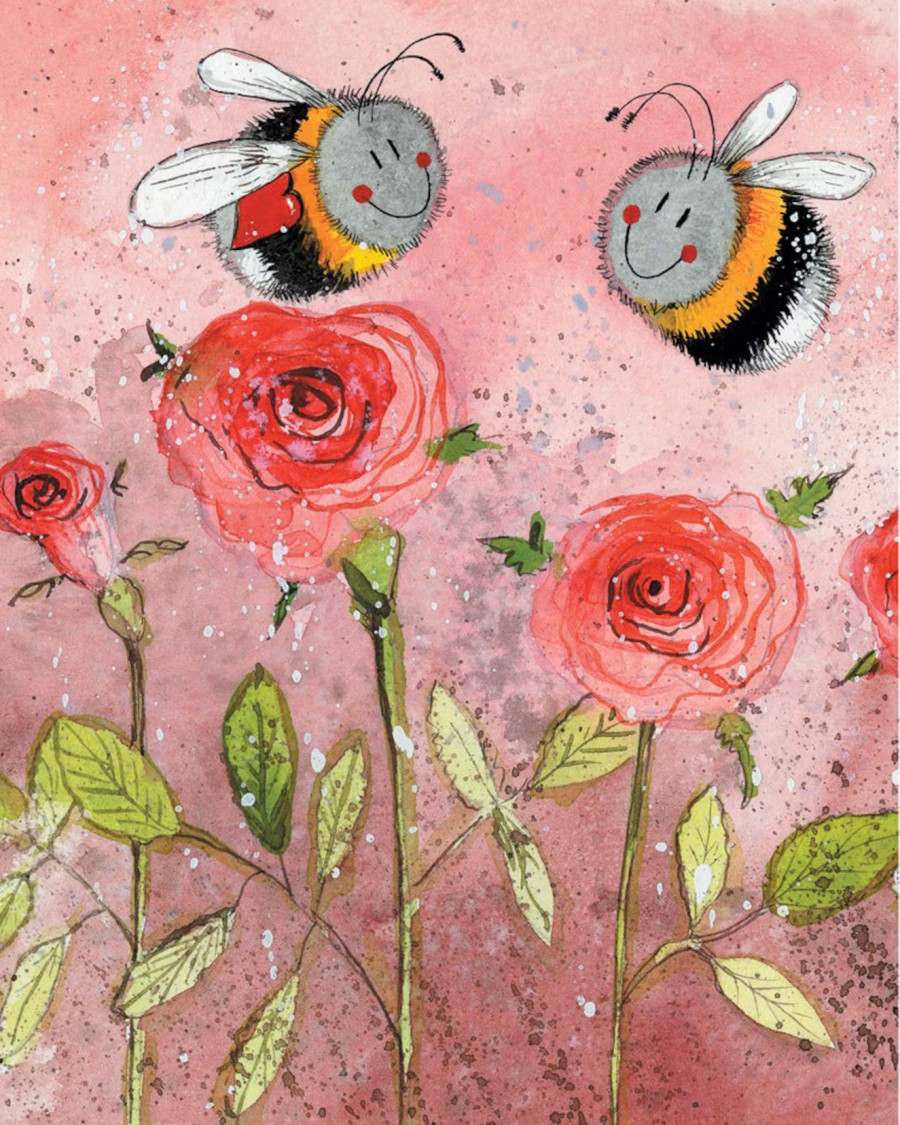
Our bees are severely endangered. They only live 8 weeks or so (aside from the Queen Bee, but due to chemicals, over-use of phone masts, lack of habitat and loss of wildflowers, they are at risk. Like butterflies and bats, they pollinate our food. So if they go, so do we. There are many types of bees from bumble bees and honey bees to harmless solitary bees, which tend to live in building walls.
Bees need wildflowers but it’s important to know that many are toxic to pets. So don’t plant nearby (nor send those ‘plantable cards’ to homes with pets). The real answer is to plant wildflowers, so bees have food to eat.
Experts are not fans of ‘bee hotels’ as they bees are ‘terrible landers’ so hotels often get filled with mites (so they can’t fly or land). And having lots of bees in one place, makes hotels tempting to predators. Just plant wildflowers in pet-free gardens or the countryside.
Likewise, a biology professor at Sussex university said that so-called ‘bee bricks’ for solitary bees are not deep enough to be that effective but are ‘probably better than nothing’. He says these are simply displacements for real planning changes (like prioritising meadows).
If you find a bee on the ground, it may be dying (bees don’t live long). But it may be tired and hungry, so try putting it in a flower with pollen, and see if it recovers. Rather than risk drowning bees with sugar-water, bee saviour cards give just the right amount of food.
Bees are fascinating creatures that do a special ‘waggle dance’ to indicate tthe exact degree where pollen is to friends. They put in in incredible hours to just a tiny bit of honey for the hive. Some commercial beekeepers smoke out hives to retrieve honey (why vegans don’t eat it). Flow Hive is an invention that causes less disturbance, and may be a better method. Never give honey to young children (nor to pets, esp puppies and weak immune systems) due to risk of botulism. Read of plant-based alternatives to honey.
Honey Bee is a beautifully illustrated guide to the world’s favourite pollinating insect. We all know that bees do a clever ‘waggle dance’ to let each other know the best flowers nearby and that they are severely endangered, but what else do you know about these important insects?
Learn the difference between the queen bee and worker bee, and how honey bees make honey. Filled with simple science, it also looks at how to help bees need our help (due to climate change and insectides). The author is Assistant Professor in Pollinator Health & Apiculture at Mississippi University.
50 Ways to Help Save the Bees is a book of easy suggestions to help bees, from mowing less often and keeping your yard dark at night, to building bee-friendly window boxes and green roofs. Little things can make a difference for little bees. Just ask a bee!
it’s important to save wasps, too!
Wasps may not be as cute, but they are pollinators too, and an important part of the ecosystem. To prevent new nests, use a Waspinator. This brown paper bag resembles a wasp’s nest, and deters highly territorial wasps considering setting up shop. It’s kind of like a ‘scarecrow for wasps!’
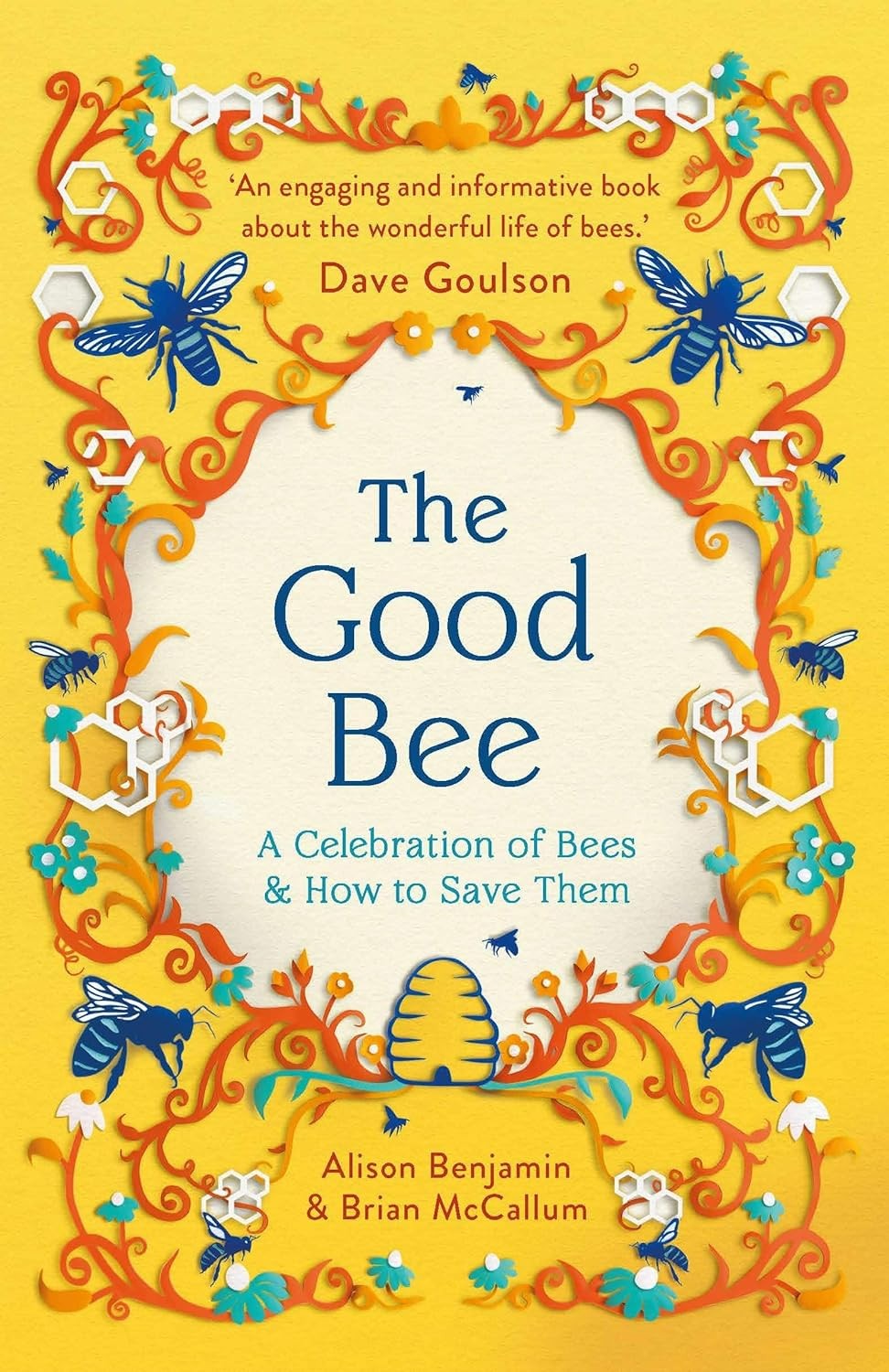
The Good Bee is a beautifully illustrated book to celebrate bees, and find ways to save them. There are over 20,000 bee species worldwide and all need our help. A celebration of these mysterious ‘nature wizards’, learn all about bee behaviour, the part they play in the natureal world, and how they are under threat and what we can do to help.

